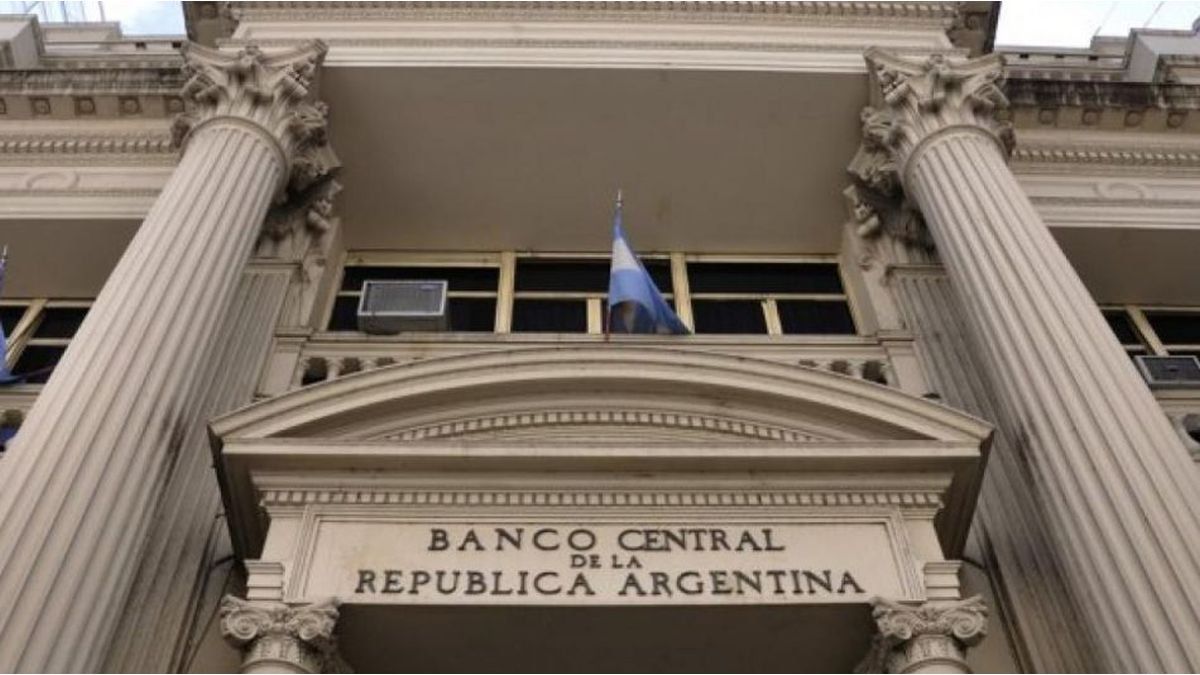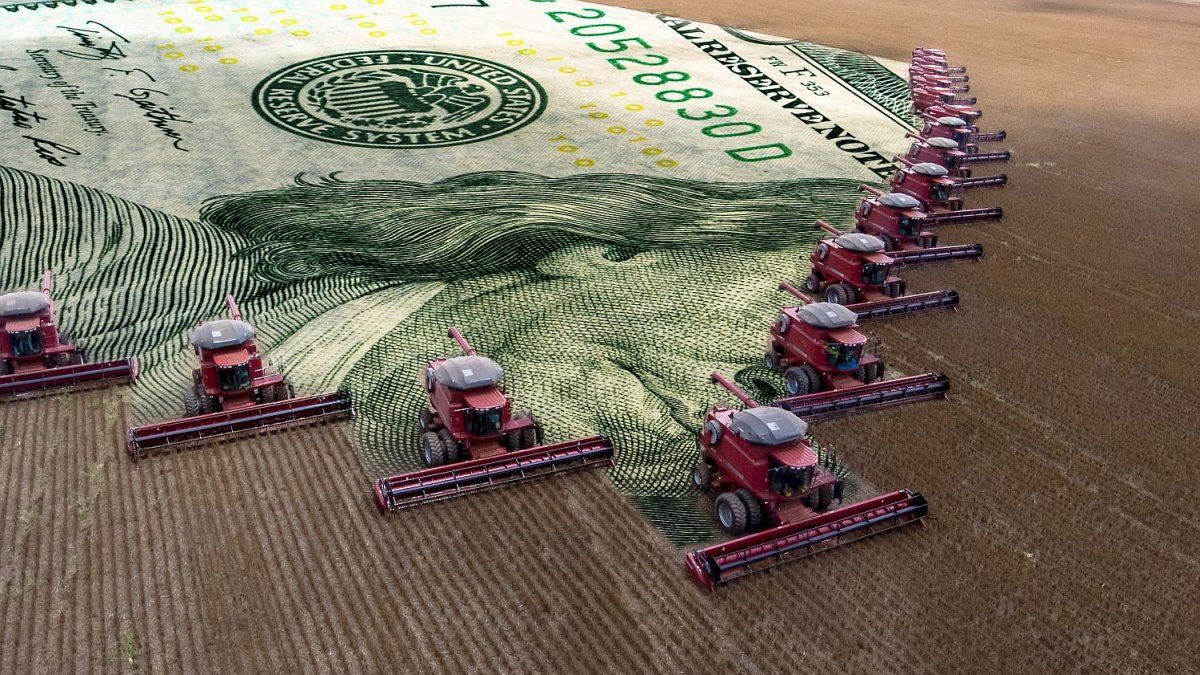The general consensus of the market after the announcement is that the postponement of payments is a kind of “stretching out time” with the hope that some agreement will allow disbursements from the agency to resume before the end of June, at least for payments to the IMF itself.
It is important to remember that the possibility of consolidating the planned payments in the same month is contemplated by the IMF and does not imply a delay. From Economy they also indicated that the Vice Minister of Economy, Gabriel Rubinstein, and the head of Advisors of that portfolio, Leonardo Madcur, will travel to Washington when the negotiations are ready to be closed, despite the fact that at first it was expected that it would be this own thursday.
Beyond the obligations that the Argentine Government has with the Fund that come with a certain delay due to differences in relation to how the program continues in the rest of the year, official data confirm that the Ministry of Economy failed to meet one more goal, in addition to the of reserves that gives a red signal for what is happening at the macroeconomic level.
According to Delphos Investment, the Central Bank transferred $688 billion on June 30 for the Treasury to buy the SDRs and yuan needed to make the payment of $2.7 billion that fell due last Friday. “This transfer confirms that the goal of monetary assistance to the Treasury in the first semester was also not met.” A priori, this situation could generate tensions with the dollar, but not immediately, since the Government would have other resources to overcome maturities.
“The balance with the IMF indicates that the Government failed to meet the most important goals of the agreement (primary deficit, monetary issue and net reserves) in the second quarter, strongly hindering the possibility of easing loan conditions as promoted by the government. In any case, we expect a technical agreement to be reached before the end of the month. If this were the case, it is possible that the disbursements will arrive after the STEP by the times necessary for the approval of the IMF Board, which would require the Government to use alternative financing (China) to cover the expected payments, similar to what happened last week,” they said.
dollar-savings.jpg
The Government already finalized last week the payment of US$2,700 million to the IMF corresponding on the fifth payment installment of the agreement, US$1.7 billion with Special Drawing Rights (SDRs), the currency used by the multilateral organization, and the rest with freely available yuan from the currency swap with the People’s Bank of China .
Meanwhile, the total amount that will have to be paid this week to private holders is around US$982 million, of which the largest disbursements, for more than US$130 million each, correspond to three Global bonds (GD38, GD41 and GD38) and two Bonares (AL35 and AL38).
A possible advance of disbursements (the expectation is that it will be US$10.600 million or at least US$6.800, which corresponds to remaining disbursements) could give air to the Government that will seek to maintain guaranteed intervention capacity in the event of require stopping an eventual run on the electoral scene.
But what does it mean to have negative reserves?
According to various calculations by economic consultants, net negative reserves would be around US$3,000 to US$5,000 million, This is the availability of money that the Central Bank has to not only intervene in the exchange market but also to face “day-to-day” obligations.
In this framework, one of the tools that make up the gross reserves is the swap with China whose contract is for three years, which the agency computes within the reserves. It is about a currency exchange with the Asian country where US$5,000 million are freely available and are already being used to “iron” financial dollars.
Also included in the reserves are bank reserve requirements in dollars, which are part of the customer deposits that commercial banks transfer to checking accounts opened by these entities at the Central Bank, which are more than US$10.5 billion. This is a fraction of their customers’ deposits, which banks must mandatorily leave immobilized in the BCRA, and that fall as depositors decide to withdraw their savings from the local banking system.
within reserves other credits that the BCRA are also computed received from other international organizations such as the Bank of Basel (BIS) and a portion of Special Drawing Rights, the ‘currency’ created by the IMF in 1969, and that integrates the official reserves of all the countries that are part of the organization.
For the consultancy Ecolatina, currently, Net Reserves (excluding SDRs) are at record lows: they are negative by about US$2.2 billion. From the market, given the delicate situation of the reserves, it is not ruled out resorting to a new edition of “soybean dollar” to increase the offer in dollars. According to agricultural market data, It is estimated that the producers have the equivalent of u$s9.230 million in their possession of grains.
The Economist Ivan Carrino held a dialogue with Ambit that the reserve situation is the worst seen in decades. “So far this year, the BCRA has lost 37.4% of International Reserves, the worst record since at least 2010. This situation is mainly explained by two factors: the first is the drought -which is temporary- and since it negatively affected exports, it left you without a significant income of dollars. The second is structural and has to do with a) the stocks and b) that Argentina is totally isolated from the global financial world.”
“To give us an idea, the dollar is falling practically throughout the region, indicating that the dollars flow to all our neighbors but they don’t come here. And they don’t come here because for every dollar that comes in, the owner receives $270 in instead of the $490 that it really is worth. If we add to this that the country is in a precarious situation with its debt and has a country risk of 2,000 points, it is nothing new that the reserves fall. It also happened with the previous stocks. stocks try to prevent the dollars from “leaving”, but at the same time it prevents them from “entering”, “he added.
“Lastly, and going to the specifics of debt maturities, the reserves fell by around US$16,000 million in the year and US$8,000 million are explained by payments to international organizations, read the IMF. So, as the country does not have genuine external financing, every dollar government debt maturity will be a threat to reserves and, ultimately, a threat to the stability of the official dollar.”
Source: Ambito




